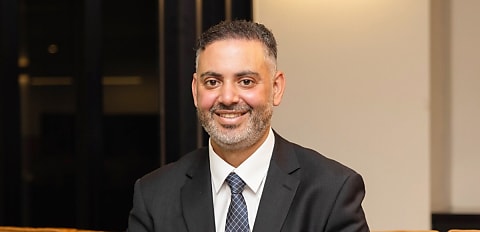Many investors find themselves locked out of opportunities, not because they don’t have the means to invest, but because traditional banks simply don’t see it on paper. Self-employed entrepreneurs, retirees, or even high-net-worth individuals often struggle with this exact issue.
They may have cash or equity, but without PAYG income or strong financials, getting finance the conventional way is difficult. But commercial property operates differently, and that’s where lease doc loans come in.
What is a lease doc loan?
A lease doc loan is a type of commercial loan where the income from the property’s lease agreement is used to assess serviceability, rather than the borrower’s personal income. In other words, you don’t need to show payslips, tax returns or personal financials.
The lender makes their decision based primarily on the strength of the lease, the type of asset (such as retail, warehouse or office), and the loan-to-value ratio (LVR). Because of the low reliance on your personal financials, this is one of the few ways to finance property with no serviceability in the traditional sense.
Why it works
Lease doc loans are made possible because commercial property is valued and underwritten differently from residential property. In residential, valuations are often emotional, driven by comparable sales and location appeal.
In commercial, it’s all about the yield and the lease. That’s why lenders are comfortable basing their decision on the lease alone. If the tenant is paying reliable rent and the asset is generating sufficient net income to cover the loan repayments (with a buffer), the deal can stack up, even if the borrower has no visible income themselves. In essence, the lease replaces your payslip.
What do you need?
While personal serviceability isn’t needed, there are still several requirements to qualify for a lease doc loan. You’ll need a tenanted commercial property with a lease in place. Ideally, the lease is to a reliable, long-term tenant with a strong payment history.
The longer the lease and the more “blue chip” the tenant, the stronger the deal. The property should be generating a strong net yield. Lenders typically want to see a net return that clearly covers the interest repayments, often with a 1.25–1.5x buffer, also known as the interest cover ratio (ICR).
You’ll also need a high deposit or equity base. Lease doc loans generally come with lower LVRs, think 60 per cent to 65 per cent max, though in some cases, it could be lower depending on the asset class or location. That means you’ll need 35 per cent to 40 per cent deposit, or equivalent equity if refinancing.
Finally, lease documentation is required. This includes a copy of the lease agreement, rental schedule and outgoings. No personal income verification is needed, hence the name, lease doc.
Who is this ideal for?
This structure is especially attractive for investors who are capital-rich but income-light on paper. That includes self-managed super fund investors looking to buy commercial property inside their fund, business owners purchasing their own premises through a trust or company, retirees who have capital but no income, and experienced investors wanting to scale without getting blocked by serviceability rules.
It’s also a viable option for migrants or overseas buyers with no local income history who may otherwise be locked out of the market despite having the capital.
Risks and things to watch
As with any non-traditional lending product, lease doc loans come with a few caveats. Interest rates are generally higher than standard full-doc commercial loans, though they still tend to be lower than residential investment loan rates.
You’ll also be required to contribute more capital upfront, due to the lower LVRs. Lenders are especially particular about the asset location, tenant quality, lease term, and building condition all matter. And if the tenant leaves and rental income stops, the lender may reassess the loan, particularly if the ICR can no longer be met.
That’s why asset selection is critical. Working with the right advisers, including a commercial buyer’s agent and finance specialist can make all the difference.
Lease doc loans are a great option for borrowers who have the means but not the paperwork. If you’ve got capital, a solid plan and the right team behind you, this could be your path to scaling beyond the limits of traditional finance.
Abdullah Nouh is the director of Mecca Property Group.
